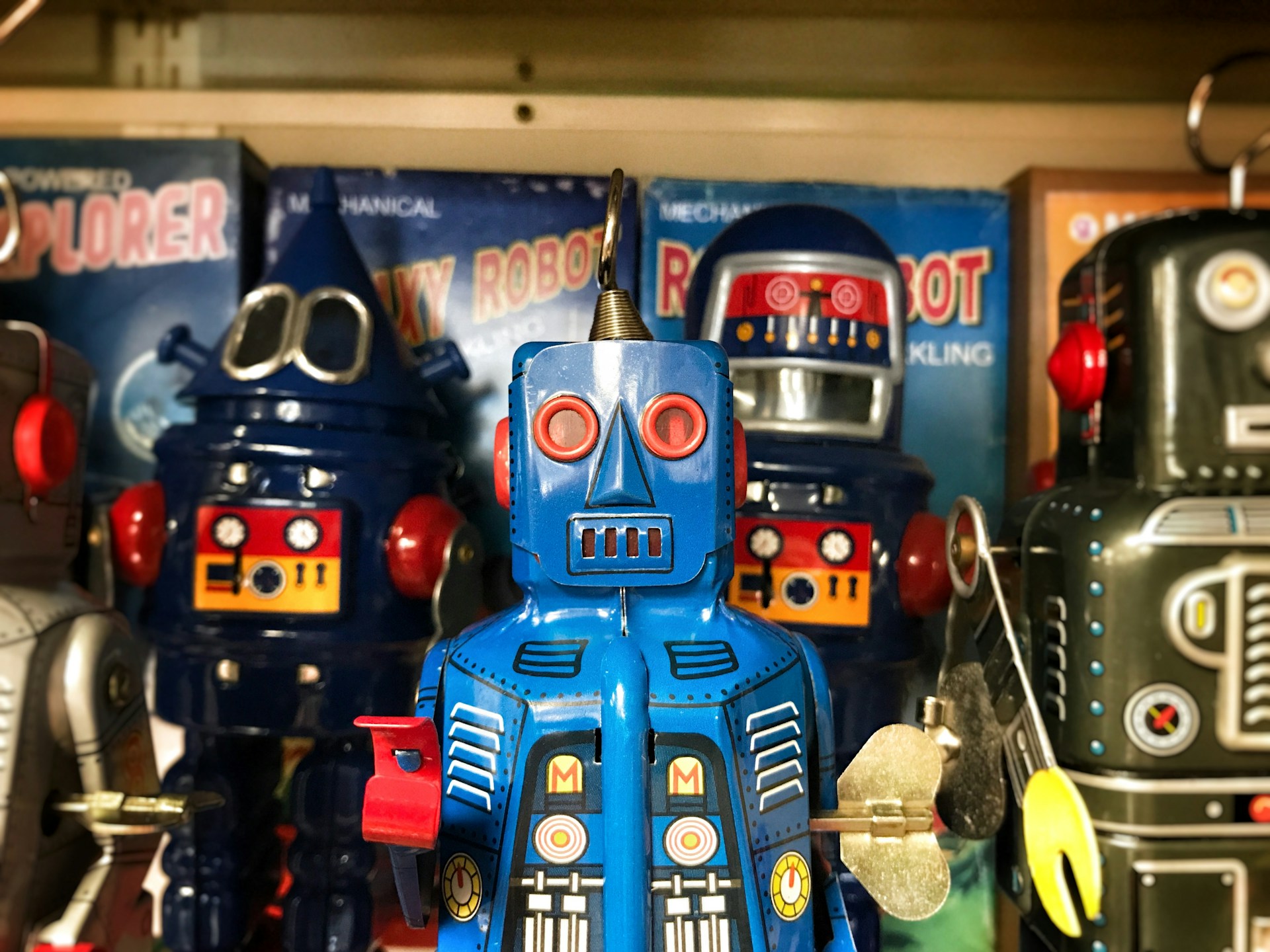As long as I can recall, I used to roam as a child with curiosity dripping from my mind; it used to be a thrill to unravel things as I slowly reached their core. Now, the world answers before the question has even bloomed. We are witnessing the gradual erosion of curiosity, and yet people remain inert in the face of this dire problem.
Nowadays, with the omnipresence of Artificial Intelligence (AI), people are constantly fed ready-made information, dissuading any need for independent thinking. The serendipity once found in plunging into books or clicking on obscure hyperlinks in Wikipedia pages or blogs is dissolving. This absence emerged after people stopped researching for their essays, school papers, or simple knowledge for mere convenience and time-saving, which causes a lack of nuance. While it is time-saving, researching something can also educate you on the topic and introduce you to new information about miscellaneous aspects—information you will not find by solely reading summaries or AI overviews. AI in search engines should be disregarded, as most of the information it generates is speculative at best and entirely erroneous at worst.
This dilemma is also evident in education, as students these days tend to care solely about their academic evaluation. Grades have outrivaled curiosity as thinkers are being raised to cease to think for the sake of wonder, only for the sake of passing. In the past, learning for university students was all about devouring knowledge, not just for exams, but also for the sake of curiosity and intellectual interest. Whereas the hunger for knowledge nowadays has dulled; students focus on searching quickly for keywords, underlining what will be in the exam, and ignoring what does not provide a grade.
A recent study conducted by the MIT Media Lab, covered by Time magazine, found that students who utilized AI to write their essays showed the lowest brain activity because they did not go through the meticulous process of thinking and questioning; they skipped over the effort and struggle that gradually constructs understanding. Those same students had more trouble retaining information from their essays and recalling it later. The idle process of copying and pasting without putting in real thought and engagement strips away the joyous uncertainty of wonder, which leads to a decrease in emotional investment when the answer is delivered before curiosity has even sprouted. In fact, this instant gratification is gradually prevailing over a multidimensional understanding of things; it reinforces the seeking of immediate interpretations and shallow thinking, rather than embracing ambiguity and complexity. As a result, students’ potential begins to freeze; they get used to avoiding thought, and over time, this reliance on AI will negatively impact their ability to question, reason, and analyze. If students stop using their cognitive abilities and neglect critical thinking, they risk becoming intellectually subservient.
The decline of curiosity does not merely affect education or individual improvement; it alters the way people engage with power. In a world engulfed by AI-generated summaries, political discourses are often consumed without scrutiny; as a matter of fact, the inclination to question is vanquished by convenience. Critical inquiry, once a tool for democratic engagement, is now outweighed by the rapid pace of digital consumption. This results in a diminishment of curiosity and dissent; people stop questioning political agendas, policies, and how politics and information are presented. What emerges is a subdued public that is bereft of the ability to think critically, more susceptible to manipulation, and easier to control. This calls for immediate action, or we risk succumbing to the belief that everything that the higher power presents is inherently right and becoming indoctrinated and subservient to the information we consume.
In relation to this point, Grok—a generative AI chatbot that is available on the X app, should be critiqued, specifically in the context of political leverage. In the essay “Has Grok lost its mind and mind-melded with its owner?” author Gary Marcus sheds light on how Grok sometimes reflects Elon Musk’s personal political biases more than mainstream factual opinions. One of the most crystalline signs that Grok is biased is how it once repeated the erroneous answer of the far-right conspiracy theory of “white genocide” in South Africa, which is a racist narrative that has been debunked. While that precise fiasco response was ultimately fixed, the very presence of that response, even fleetingly, should make people wary, planting an urge to start questioning everything that they encounter. Indeed, subtle manipulation can seep in under the guise of an AI assistant while reinforcing a particular (in this case) Musk’s ideological perspective. In other words, the information that is taken from AI is deliberately curated by AI creators and developers.
Take, for example, the blue comments on TikTok, in which precise words or phrases related to the video are highlighted in blue and linked to search results. This simple accessibility and intentional design help users to obtain their information immediately from the same app, but often in the shape of instant, imprecise answers. Conversely, this feature mars the ability of one to wonder and investigate things deeply. Since most of the information that is available on TikTok is inaccurate, it limits the capacity of the human brain for questions. This lack of curiosity, in this case, is due to people being inundated with futile information; thus, they perhaps consider actual researching and learning as an overwhelming punishment and have also become more hostile to new knowledge.
Ultimately, common sense these days is not so common, since curiosity is fading under the weight of convenience. Being unable to read critically or do simple research is rooted in the inability to retain a thought for no longer than the length of a TikTok video or an Instagram reel, and that should elicit a feeling of fear for our future. However, it is not too late to instruct from the start all over again on the importance of curiosity and how to enjoy the process of wonder.
